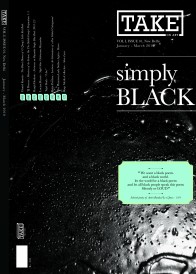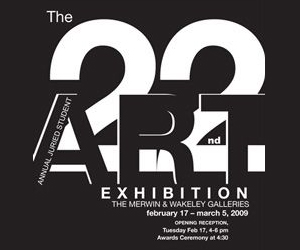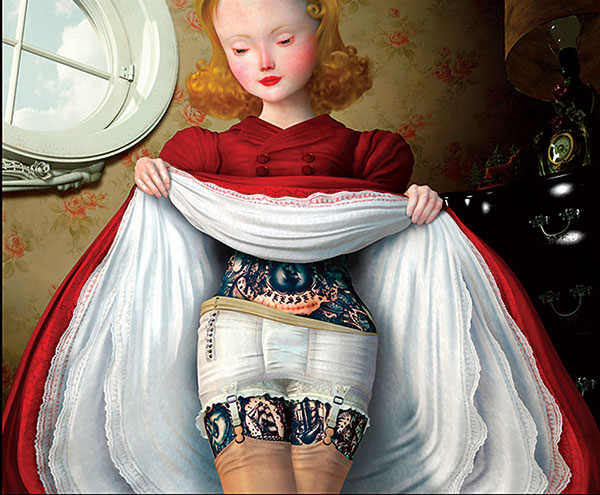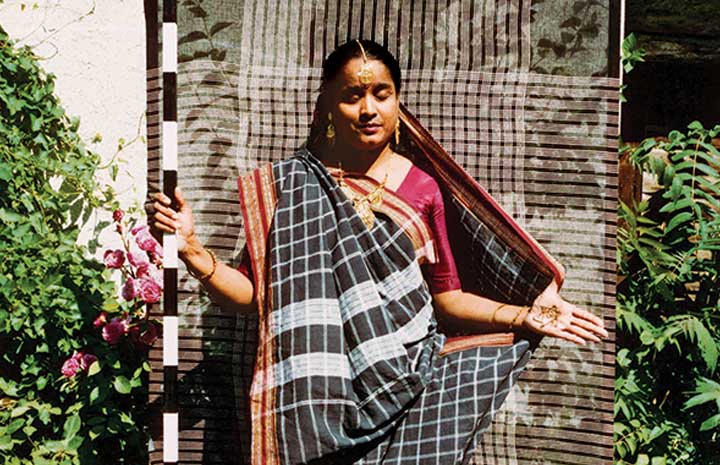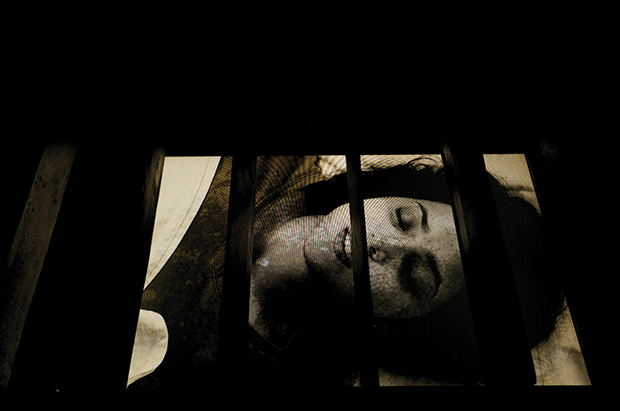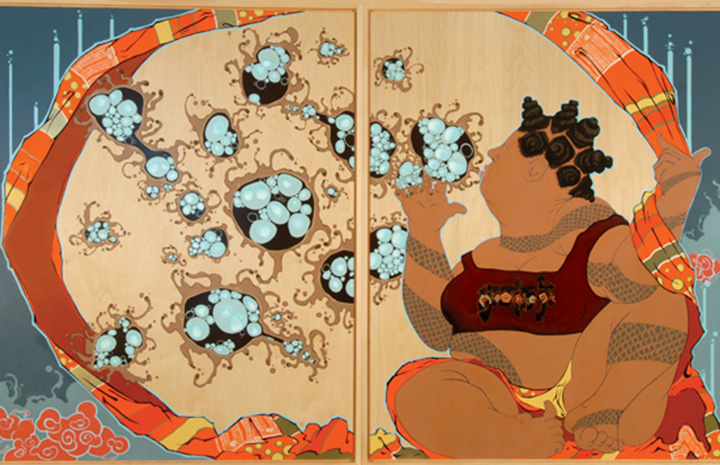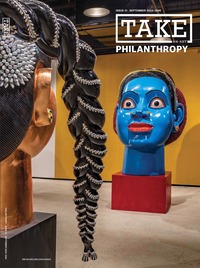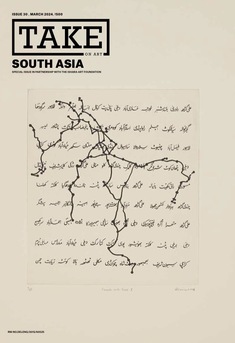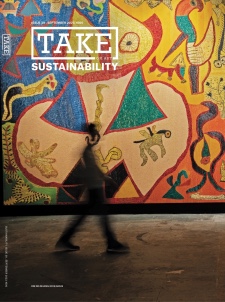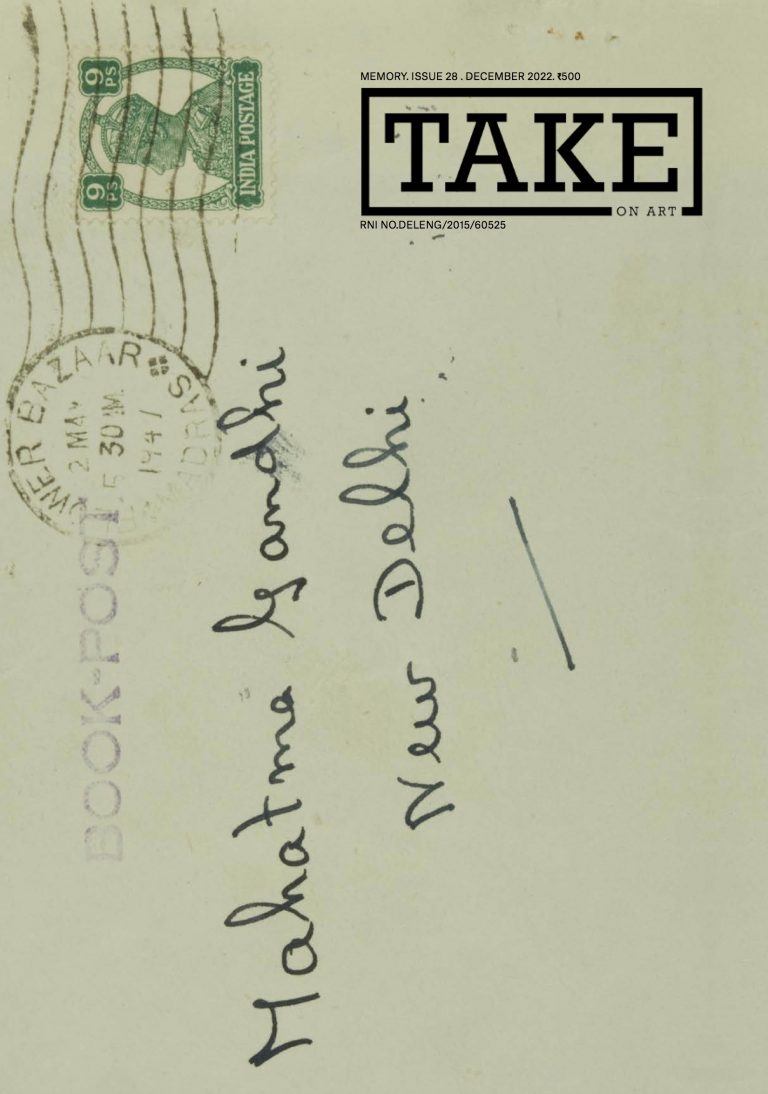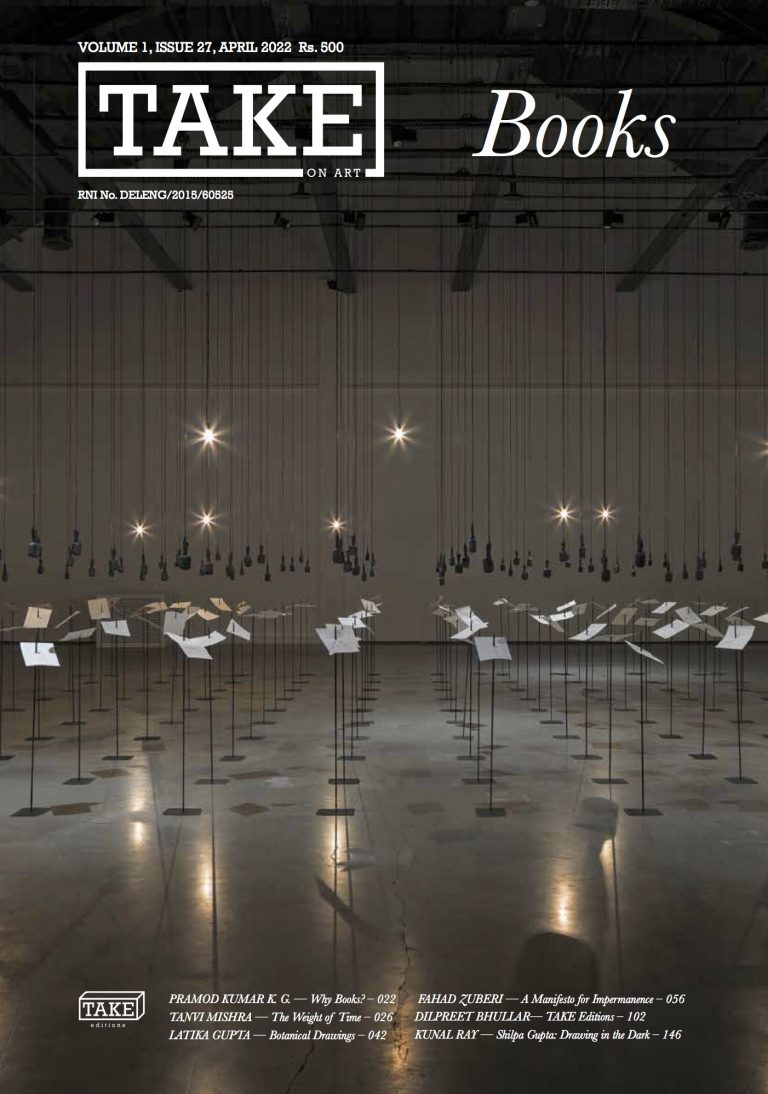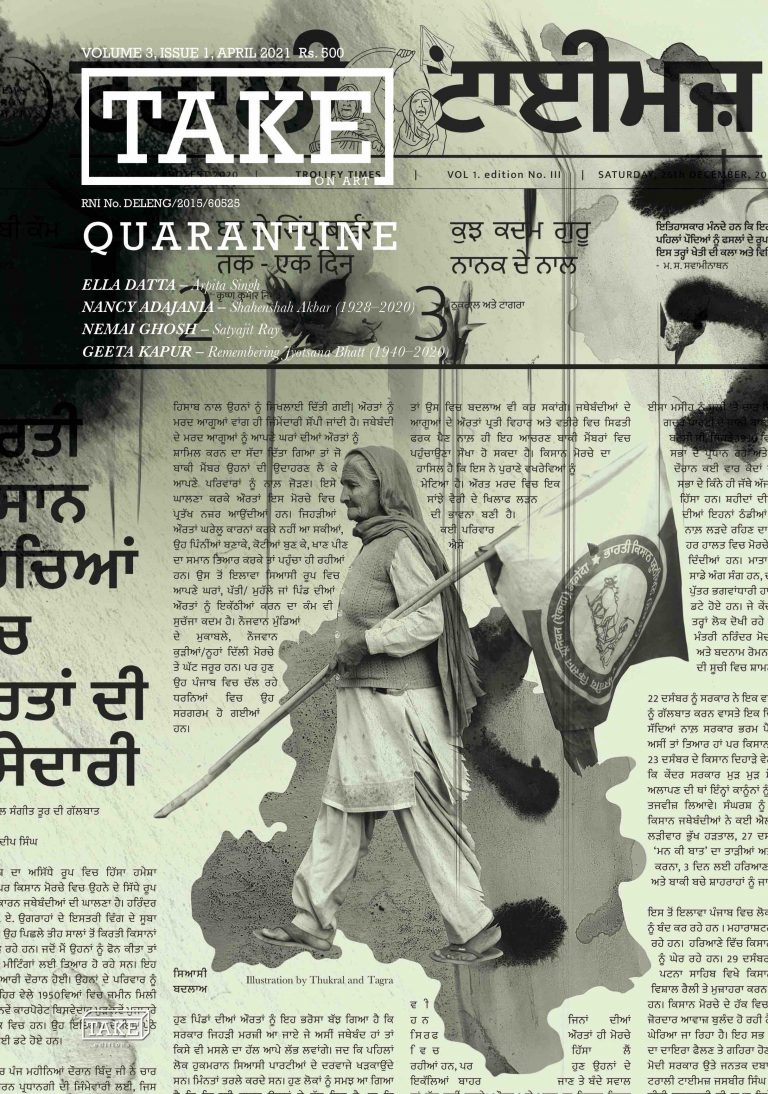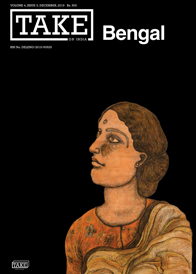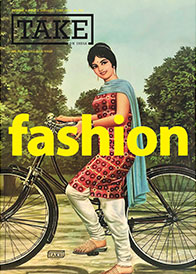Back Issue
Black
March 2010
Issue 1
Black must be one of the most loaded words in the English language, as indeed it is in many other languages; the problem of having so many meanings as points of association makes this very simple word common in its usage yet with an intriguing ability to variation. With its inherent values, it allows the speaker or writer the possibility to comment on a specific context and usually provides access to a substantial amount of prejudice and non-ethical perspectives. Unlike any other word in any language, no other word can cause so much harm or uncertainty to an individual or a group. It thus merits visual comprehension from artists and art commentators’ observations as to how this one term can echo societies’ recurring images.
In celebration of this term, this concept and this enigmatic signifier, TAKE is proud to have worked with contemporary artists and writers to evaluate its place in their thinking and making for the inaugural issue.
View Index Buy Now






